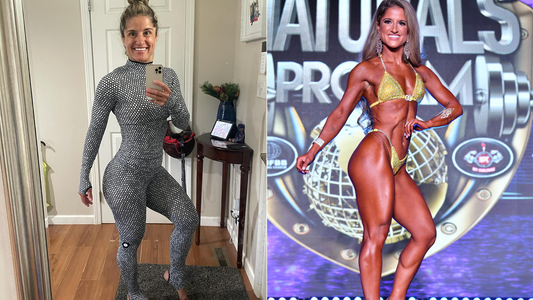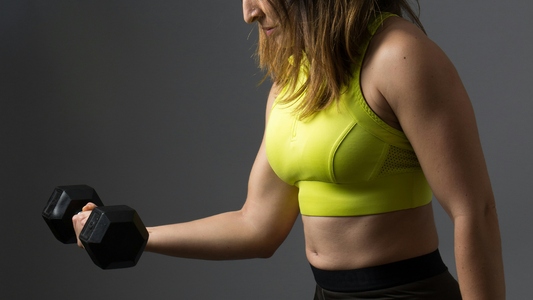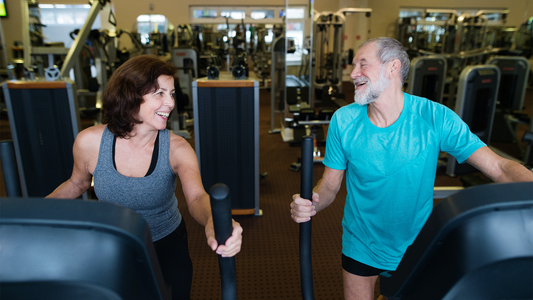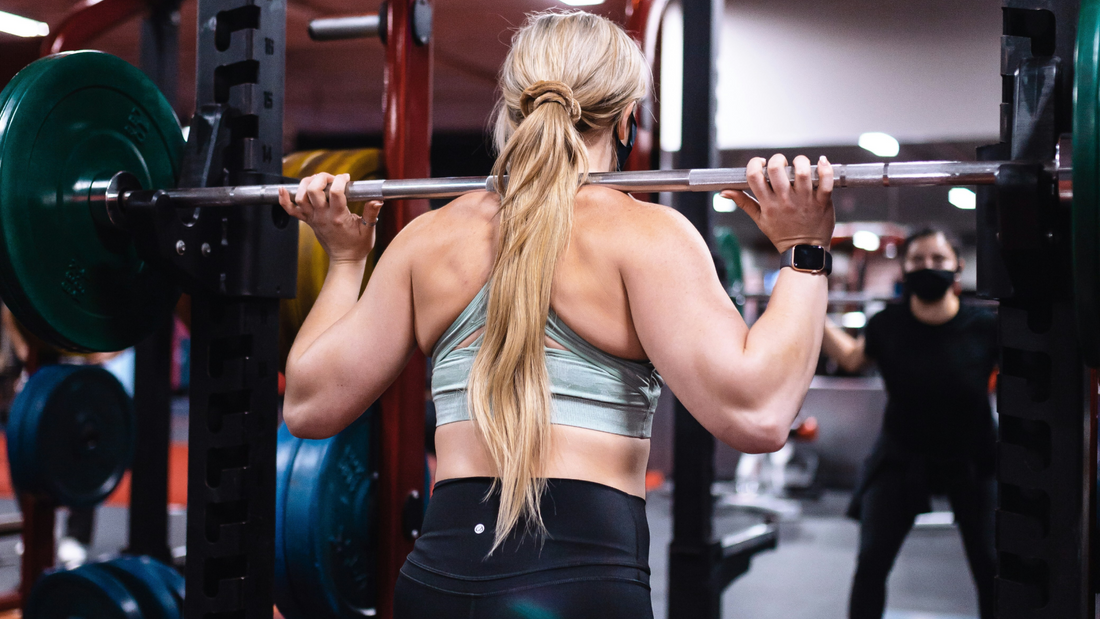
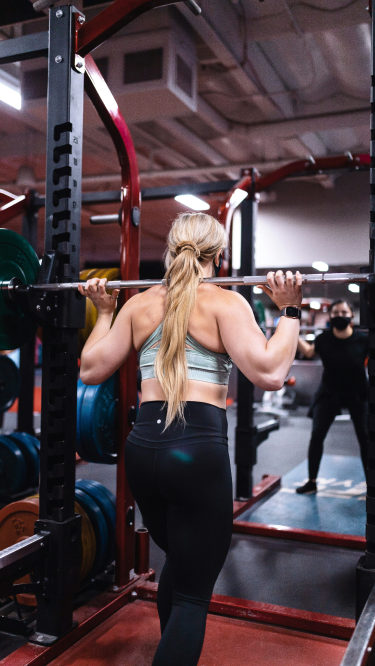
Perimenopausal? Here’s How Exercise Can Help!
Menopause is an inevitable part of aging for women. Often, stories of menopause focus on the negative side effects: hot flashes, bone density loss, decreased libido, and other hormonal changes. Because women’s health is always at the forefront of discussions about full-body wellness, the fact that these symptoms are normal can fall to the wayside.
For many women, becoming perimenopausal is a difficult journey, but it doesn’t have to be. Instead of fighting the changes in your body, working with them can help you achieve better health and promote healthy habits as you age. Healthy aging is incredibly important; focusing on your fitness and diet can increase the quality and longevity of your life.
What is menopause?
We know many of the symptoms of menopause, but what is actually happening in the body when a woman goes through menopause?
The first thing we need to do is clarify the language. Menopause actually has four different stages.
Premenopause. Premenopause is exactly what it sounds like: before menopause. A person in premenopause does not have menopausal symptoms and still has a regular period with their menstrual cycle.
Perimenopause. During perimenopause, women begin to feel the side effects of menopause because of hormonal changes. At this stage, a woman’s ovaries begin to no longer produce eggs and the levels of estrogen and progesterone in the body decreases. Eventually, a person in perimenopause will no longer have a period. Women usually begin this stage of the cycle in their 40s.
Menopause. If someone is in menopause, they no longer have a period and their ovaries no longer produce eggs.
Postmenopause. When a woman hasn’t had her period for over a year, she is officially in postmenopause.
Menopause is part of the body’s natural cycle and understanding it can help you better plan your diet and fitness to benefit your long-term health.
Exercise Can Benefit Perimenopausal Women
Exercise has benefits in every stage of life, but can particularly benefit perimenopausal women. Because of all the bodily and hormonal changes happening during perimenopause, it is important to develop an exercise regimen that supports your body and what your body needs in this new stage.
During perimenopause, women may begin to not only notice symptoms like hot flashes, but may realize that they are losing muscle mass and gaining abdominal fat. Additionally — while you may not be able to see or feel it, per se — women going through menopause are also prone to lower bone density and osteoporosis. All of this is due to the changing hormones.
Many women also experience disrupted sleep and night sweats during perimenopause. Exercise can help exhaust your body leading you to have more restful nights.
When you create a workout plan for perimenopause, you want to focus on boosting these areas and injecting energy into your life. While it’s easy to get down about aging, your 40s and beyond can be the best years of your life.
Strength Training
Many women shy away from strength training because it is traditionally seen as a male dominated space. However, strength training is important for women of all ages, but especially menopausal women. That’s because strength training promotes your metabolism and bone density. In addition, strength training can help you tone and maintain the body shape you want as you get older.
Getting started with strength training can feel daunting, but it is easy. The first thing to keep in mind is ensuring you spend time with your whole body: upper body/arms, lower body/legs, and core. All of your muscle groups need to be involved in order to see the best results.
If you’ve never done any weight training before, we recommend trying bodyweight exercises first. You can do bodyweight exercises anywhere so you don’t even need a gym membership! Start with three days a week: one day for upper body, one day for lower body, and one day for your core.
As you progress and gain more strength, graduate to using weight machines at the gym or dumbbells/barbells.
High Intensity Interval Training (HIIT)
HIIT is great for women in perimenopause because it promotes weight loss and fat burning. Since perimenopausal women often struggle with weight and fat gain, incorporating HIIT into your workout routine is the perfect counterbalance.
HIIT is a special type of cardio that consists of short, high-intensity, high-energy exercises followed by short rest periods. This gets your heart rate up and promotes fat burning, even after the workout is over. Because HIIT is so free-form, there are a lot of ways to incorporate it into your exercise plan.
Exercises like mountain climbers and burpees are great for HIIT-style workouts. Pick exercises that can be done in quick succession at high-intensity; bodyweight strength exercises are perfect for this. A HIIT workout is effective even if it’s only twenty minutes. For a twenty-minute workout, you might do forty seconds of exercise followed by twenty seconds of rest. Every five minutes, take a break for a full minute.
Sprints are another great HIIT option. With sprints, you can go by distance instead of time. Sprint for 100 meters and recover for 100 meters. Repeat this until you’ve run 2-3 miles.
Listen To Your Body
Part of healthy aging is knowing how to listen to your body. As you get older, you may not be able to do the things you could when you are younger. Maybe the perimenopause side effects are worse than normal one day. Remember that it’s okay to take a break to take care of yourself.
In any exercise regimen, it is imperative that you incorporate rest and recovery days, as well as vary your workout intensity. If you plan to do strength and HIIT training, then also be sure to add some light cardio, such as walking or cycling, or yoga.
A well-rounded exercise routine sees a variety of efforts and activities to keep things interesting. This also is better for your health and long-term enjoyment of exercise. As a perimenopausal woman, it is important to find the kind of activity you enjoy so you can continue to build better health.
If you're looking to track how your workouts impact your body during this phase in your life, the ZOZOFIT app can provide you with your very own digital toolbox that can help you monitor changes over time. Having better insights into your health with help you prepare for all the upcoming changes you'll be facing.

![zf-w-[168px] zf-h-[40px]](http://zozofit.com/cdn/shop/t/15/assets/logo-desktop.png?v=117713855448369080381753069598)
